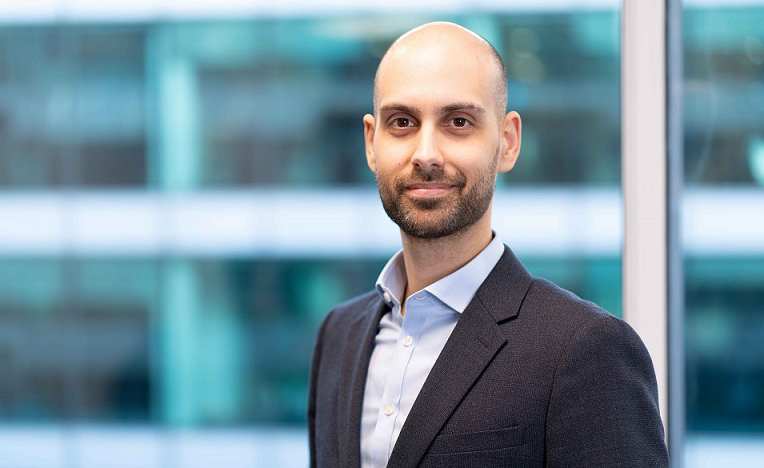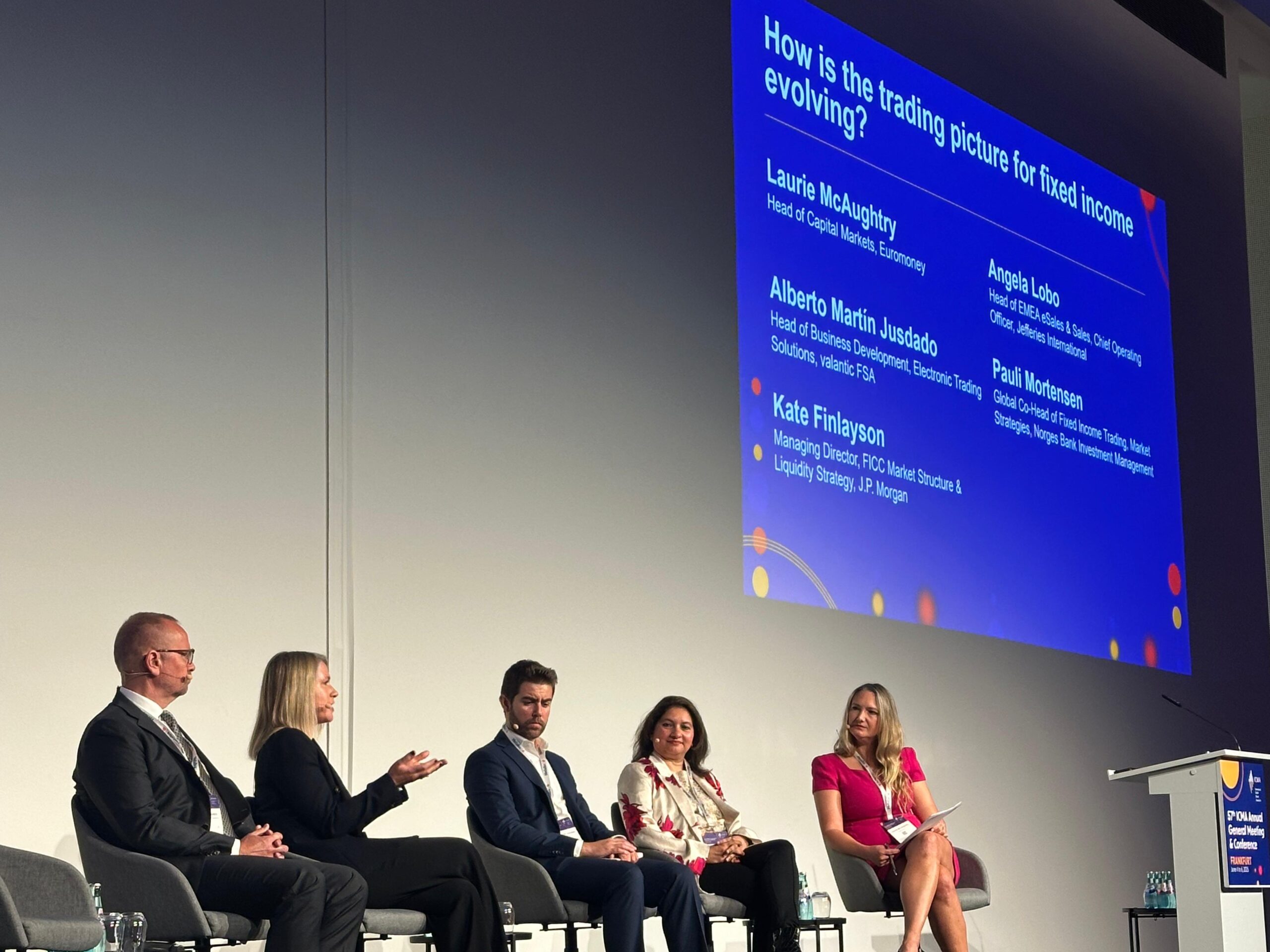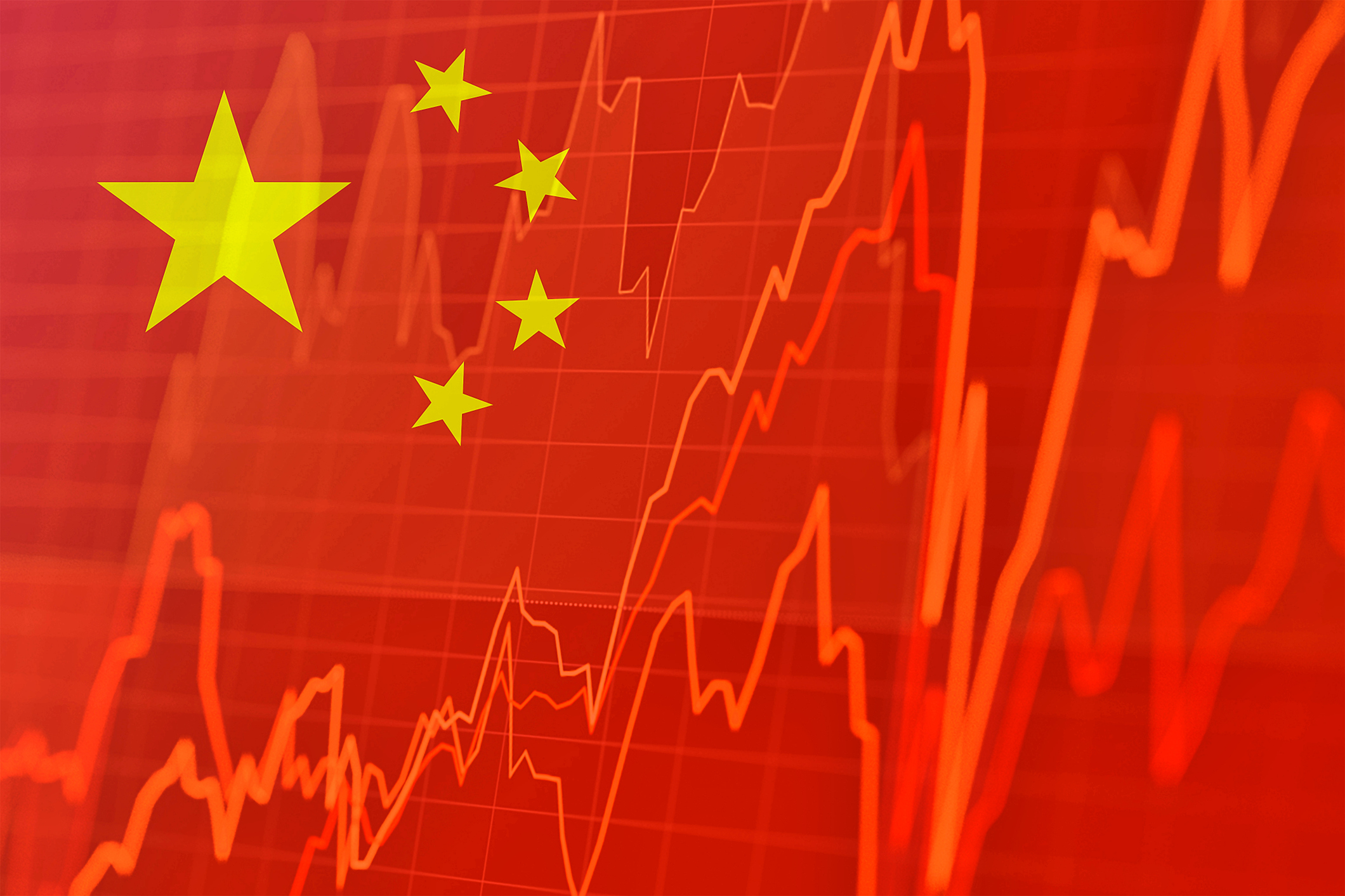In 1998, the US Securities and Exchange Commission (SEC) had an idea: formally create a regulatory framework for venues allowing securities to be traded outside of the traditional stock exchange.
And so, the alternative trading system (ATS) was born, leading to deep and liquid private markets driven by the likes of Nasdaq Private Markets and Forge.
Fast forward 27 years, and the UK is finally following suit. With private markets now booming, thanks to improved liquidity, bolstered funding and technology-enabled efficiency, the government has plans for a private markets’ framework of its own.
Much of the criticism levelled at Pisces can be boiled down to one thing: a lack of understanding of how platforms will work
Myles Milston, Globacap
Enter the proposed Private Intermittent Securities and Capital Exchange System, or Pisces for short.
Thanks for your interest in Euromoney!
To unlock this article:




